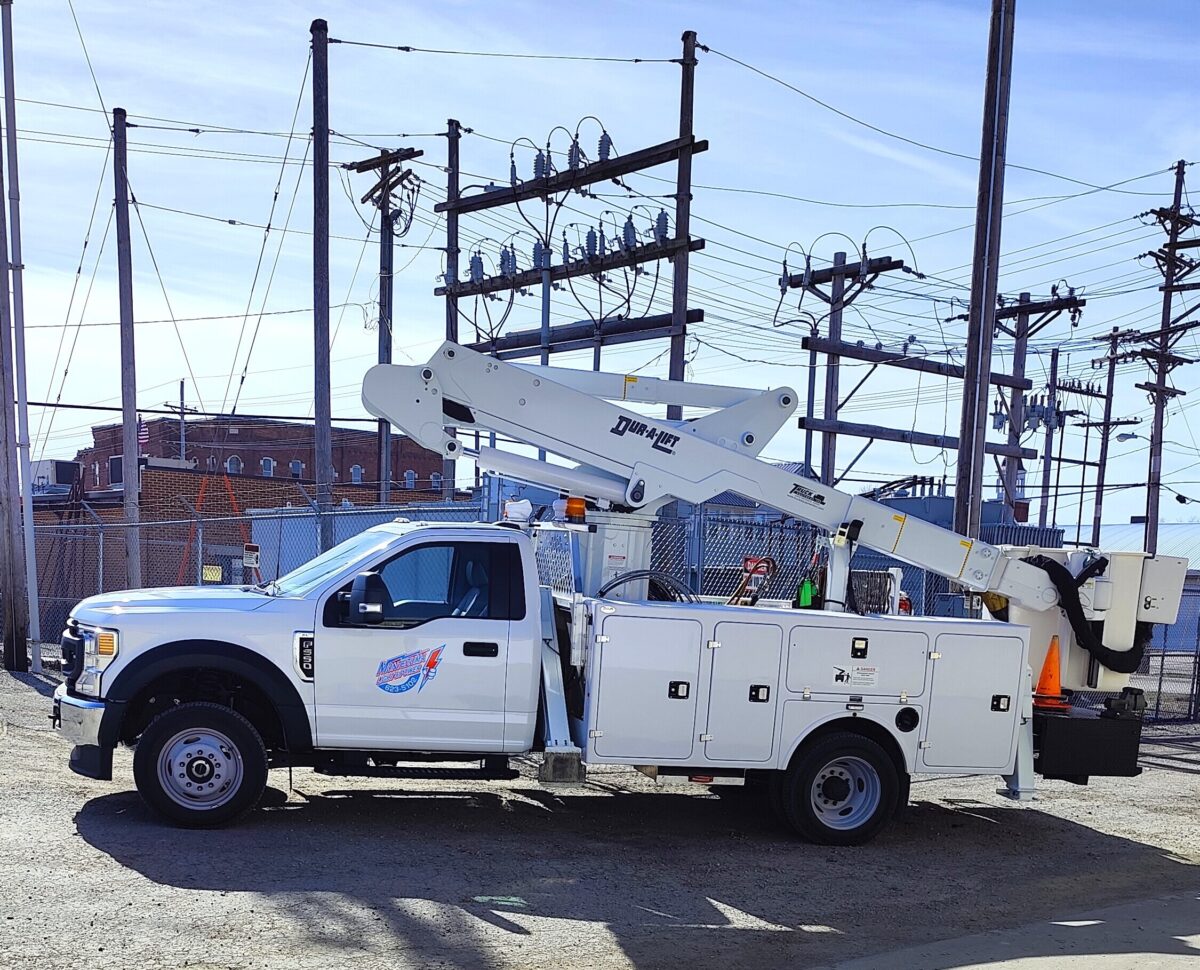Iowa State researchers and utility Montezuma Municipal Light & Power submitted a proposal to the Department of Energy (DOE) that called for a federal investment of roughly $9.5 million and a cost-share of $2.4 million from both University and Montezuma sources.
The project to be built in Montezuma would include a 3 MW solar installation with a battery energy storage system as well as two electric vehicle charging stations. The plan for the microgrid is to replace aging substations, load monitoring and control systems. The utility expects that the microgrid will lower energy costs for residents by as much as 18%. It is also expected to reduce transmission costs for the utility by 34% and reduce its energy purchases.
Montezuma, population 1,400 is a manufacturing and farming community and, according to Anne Kimber, director of the Electric Power Research Center and a co-leader of the project, “people depend on it for city and county services, schools, health care, shopping, and employment”. She noted that during a major wind storm in 2020, the town used diesel generators to keep the power on. The microgrid solution, however, will be a clean energy solution.
Kimber said the design of this project design being replicated by other communities. There’s also an educational and training aspect as the Research Center will use a digital twin of the microgrid that will be tested with partners that include schools and an area Tribal Nation. The hope is to “build an energy workforce that can design, build and operate other resilient systems like this,” Kimber said.
“This project will make the entire town of Montezuma the very first utility-scale microgrid in Iowa with the best reliability and resilience,” said Zhaoyu Wang, project leader and a Northrop Grumman associate professor at Iowa State. “The Montezuma microgrid will revolutionize and modernize the Montezuma Municipal Light and Power system by integrating smart grid technologies. It will be a model for other rural utilities.”
The $9.5 million from the DOE is part of the Energy Improvements in Rural or Remote Areas program managed by the U.S. Department of Energy’s Office of Clean Energy Demonstrations. The program recently announced total funding of more than $366 million for 17 projects across 20 states and 30 Tribal Nations and communities.
This funding from the Bipartisan Infrastructure Law is intended to support community-driven energy projects, such as microgrids for community health centers, which strengthen energy security and delivers economic opportunities in rural and remote regions.
This content is protected by copyright and may not be reused. If you want to cooperate with us and would like to reuse some of our content, please contact: editors@pv-magazine.com.









By submitting this form you agree to pv magazine using your data for the purposes of publishing your comment.
Your personal data will only be disclosed or otherwise transmitted to third parties for the purposes of spam filtering or if this is necessary for technical maintenance of the website. Any other transfer to third parties will not take place unless this is justified on the basis of applicable data protection regulations or if pv magazine is legally obliged to do so.
You may revoke this consent at any time with effect for the future, in which case your personal data will be deleted immediately. Otherwise, your data will be deleted if pv magazine has processed your request or the purpose of data storage is fulfilled.
Further information on data privacy can be found in our Data Protection Policy.